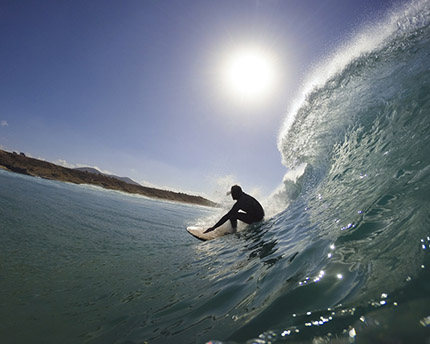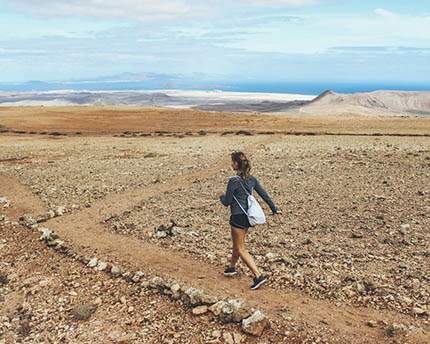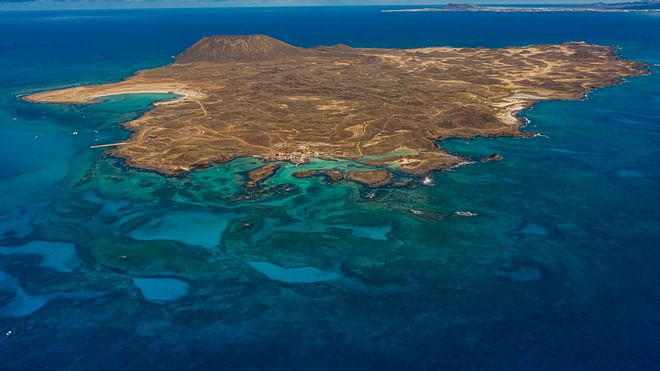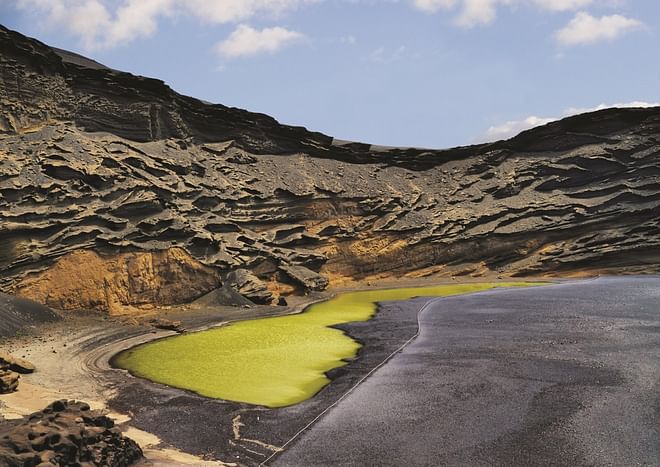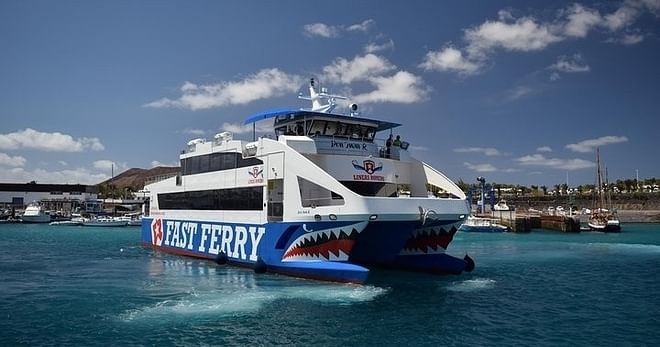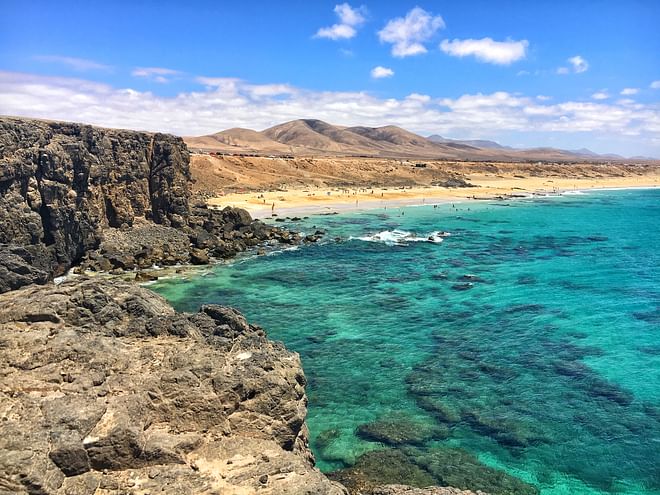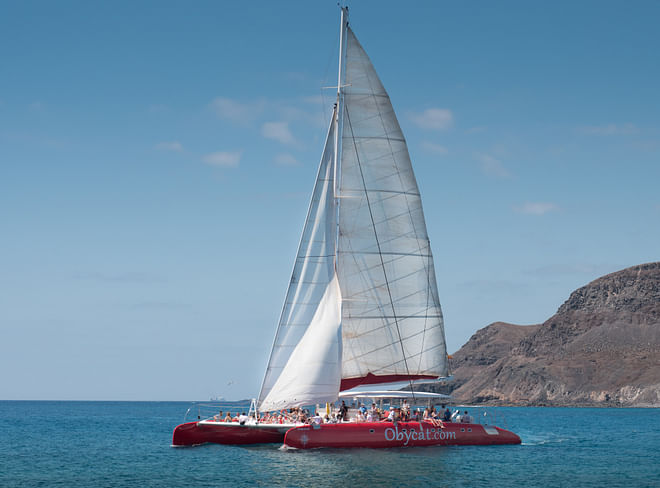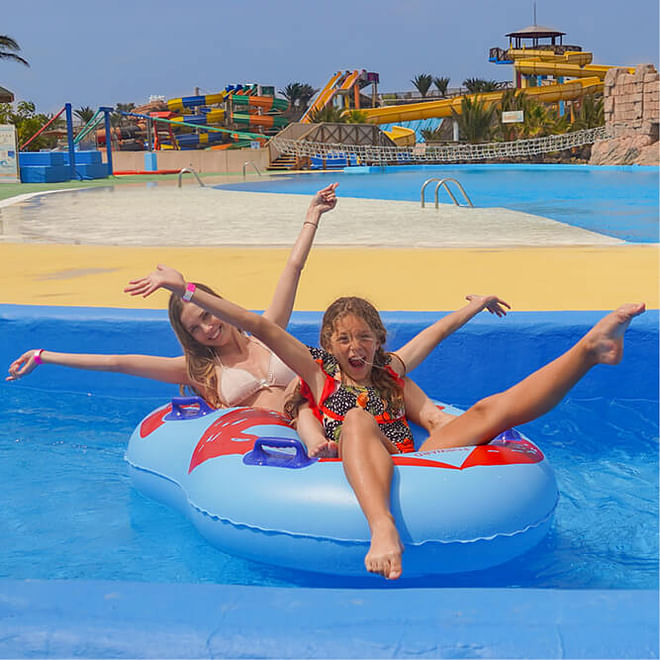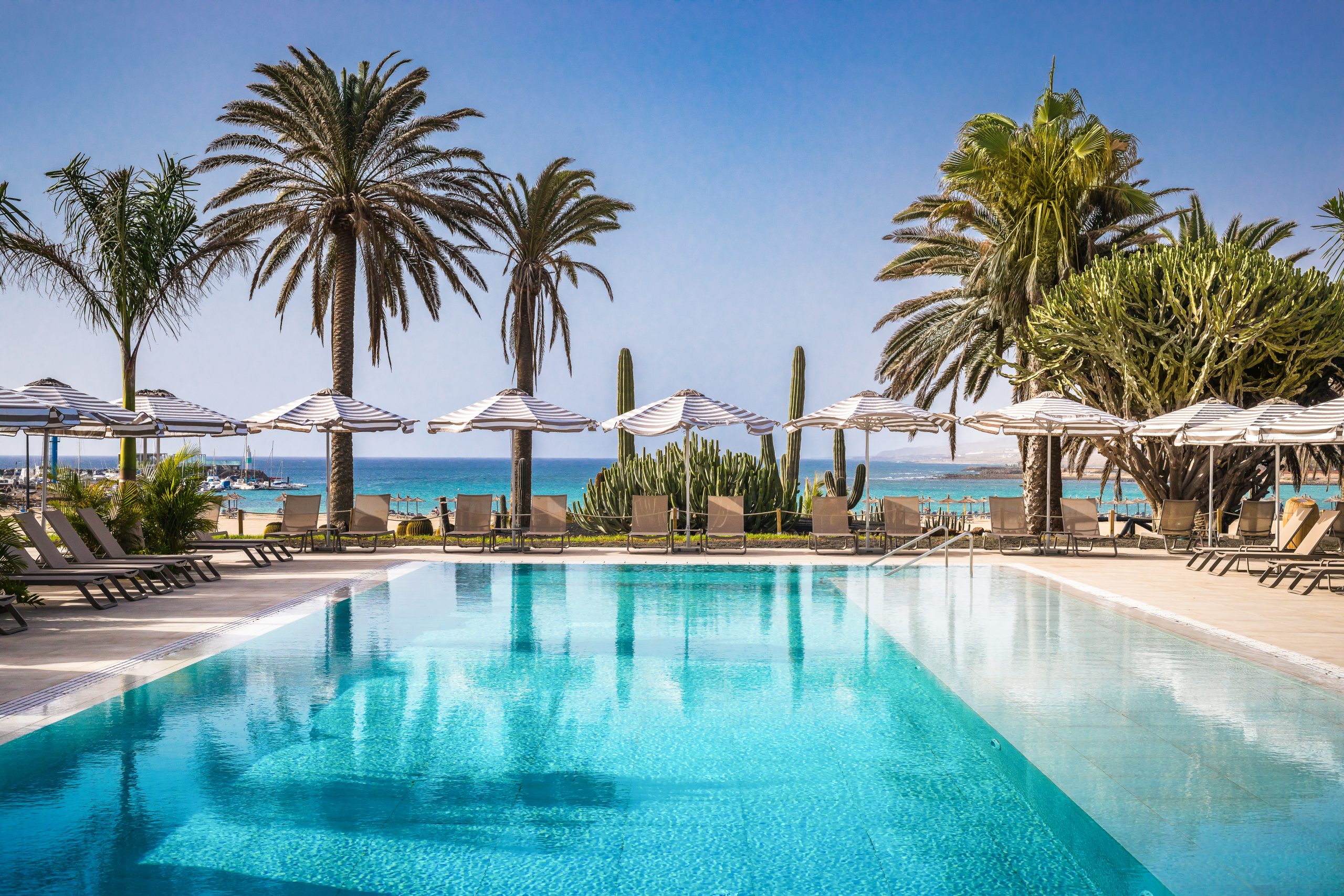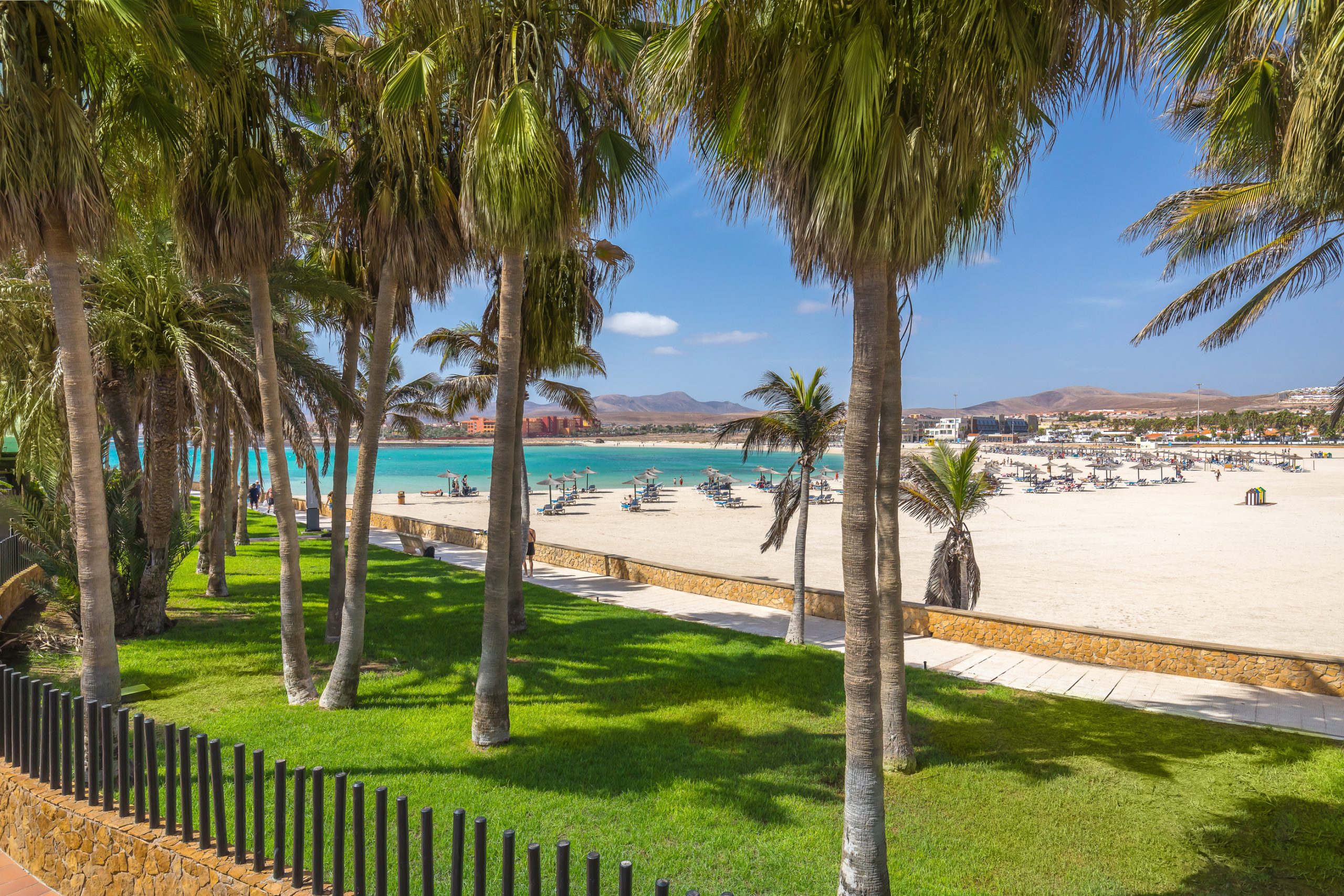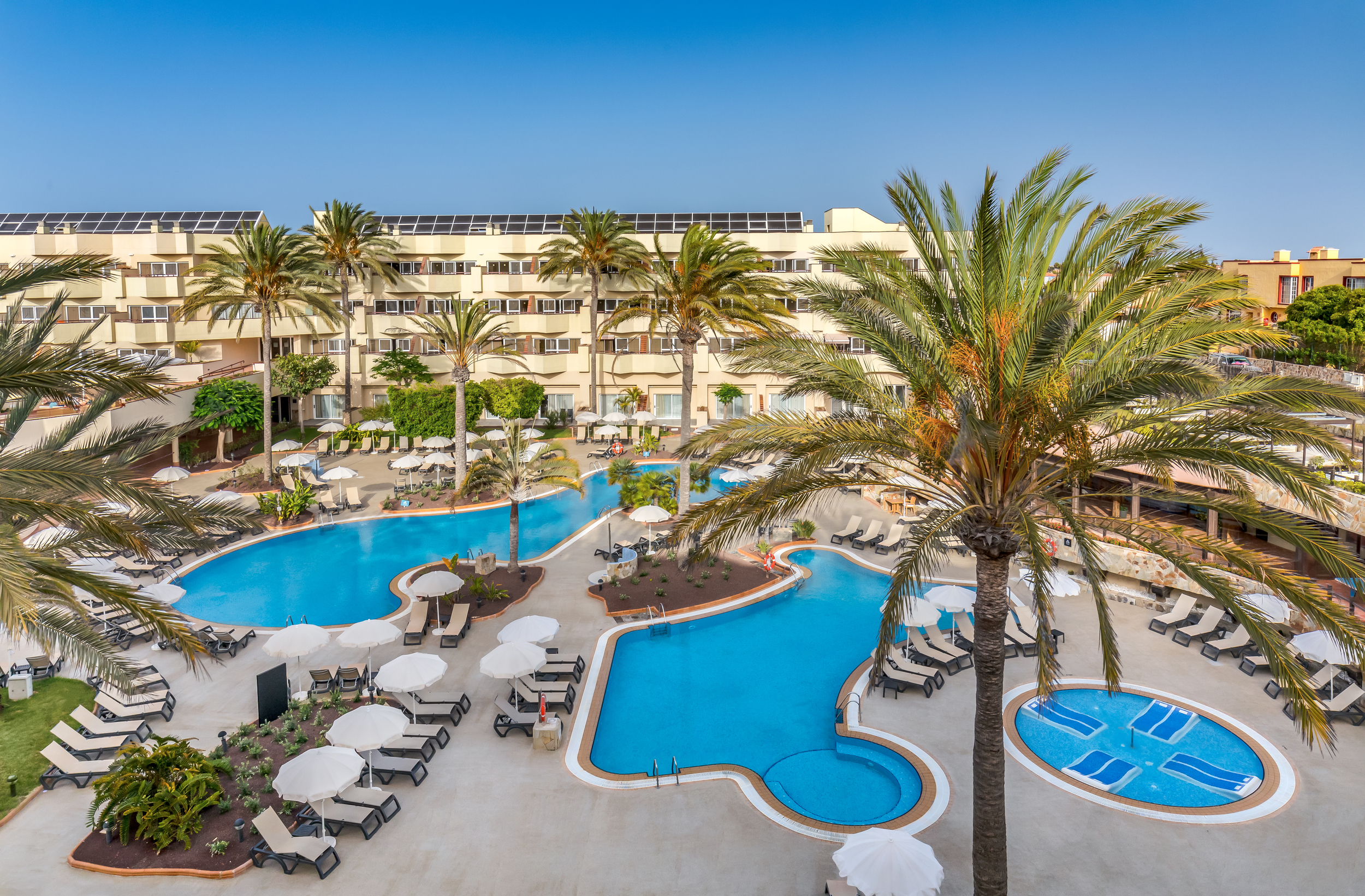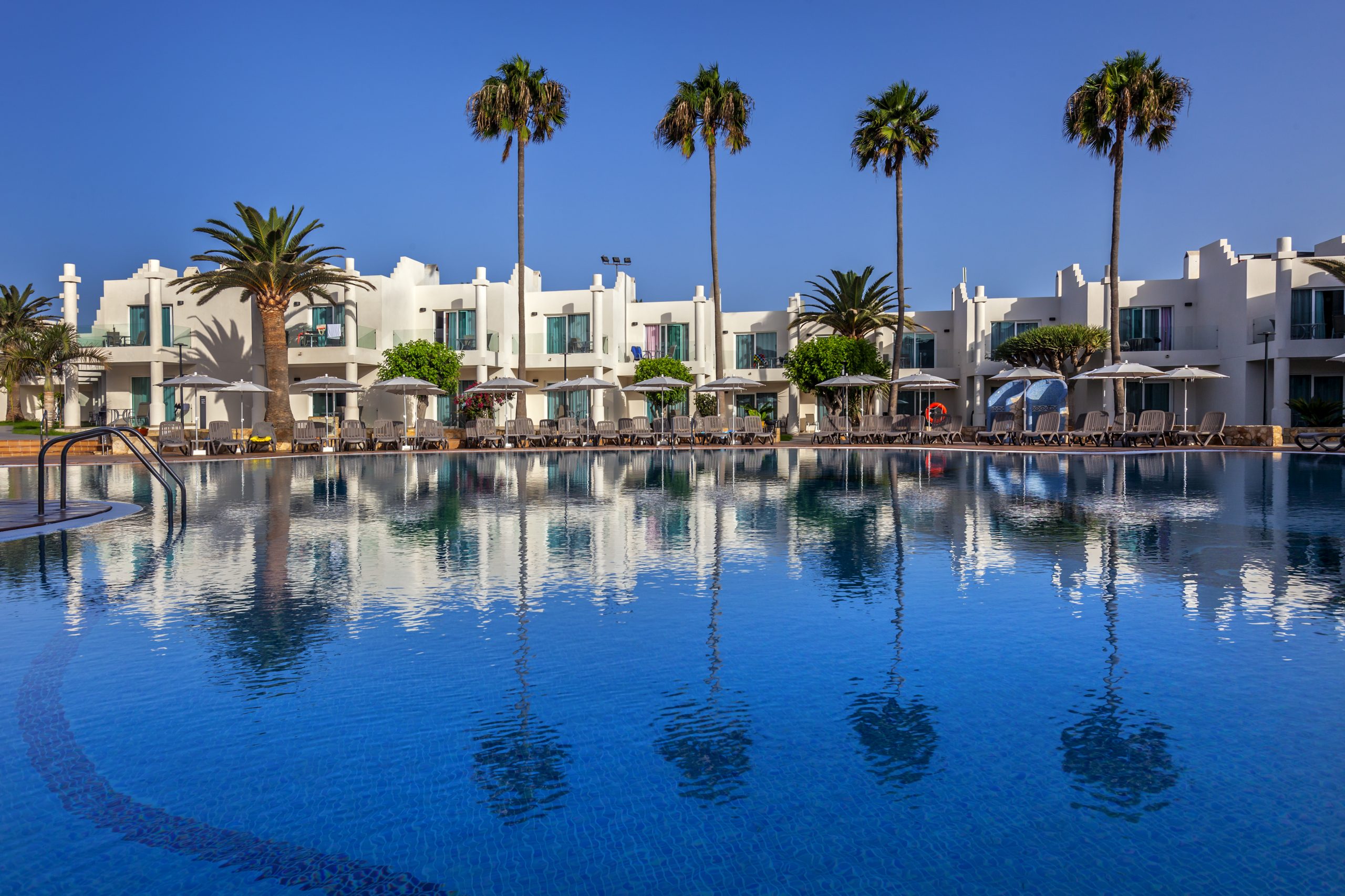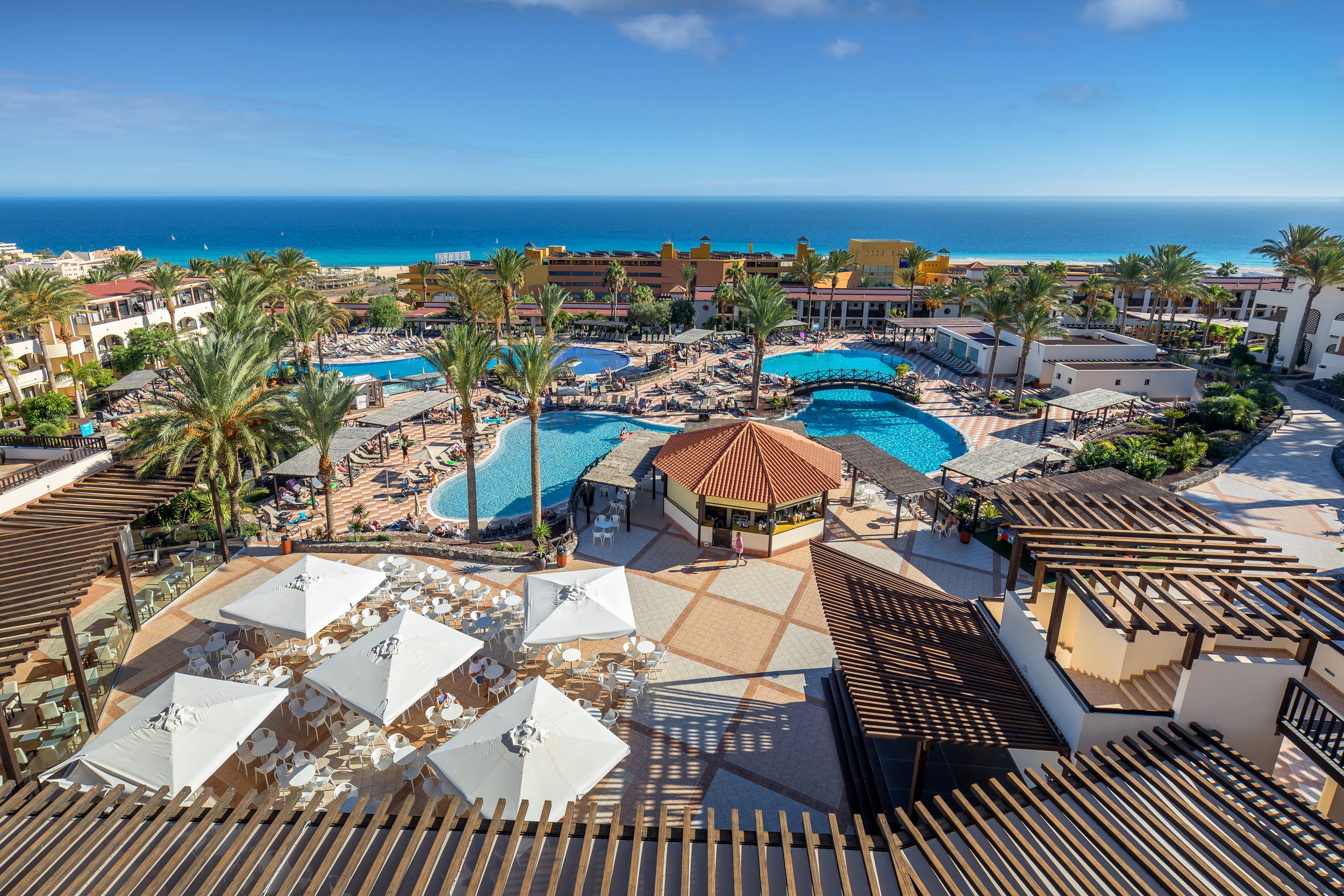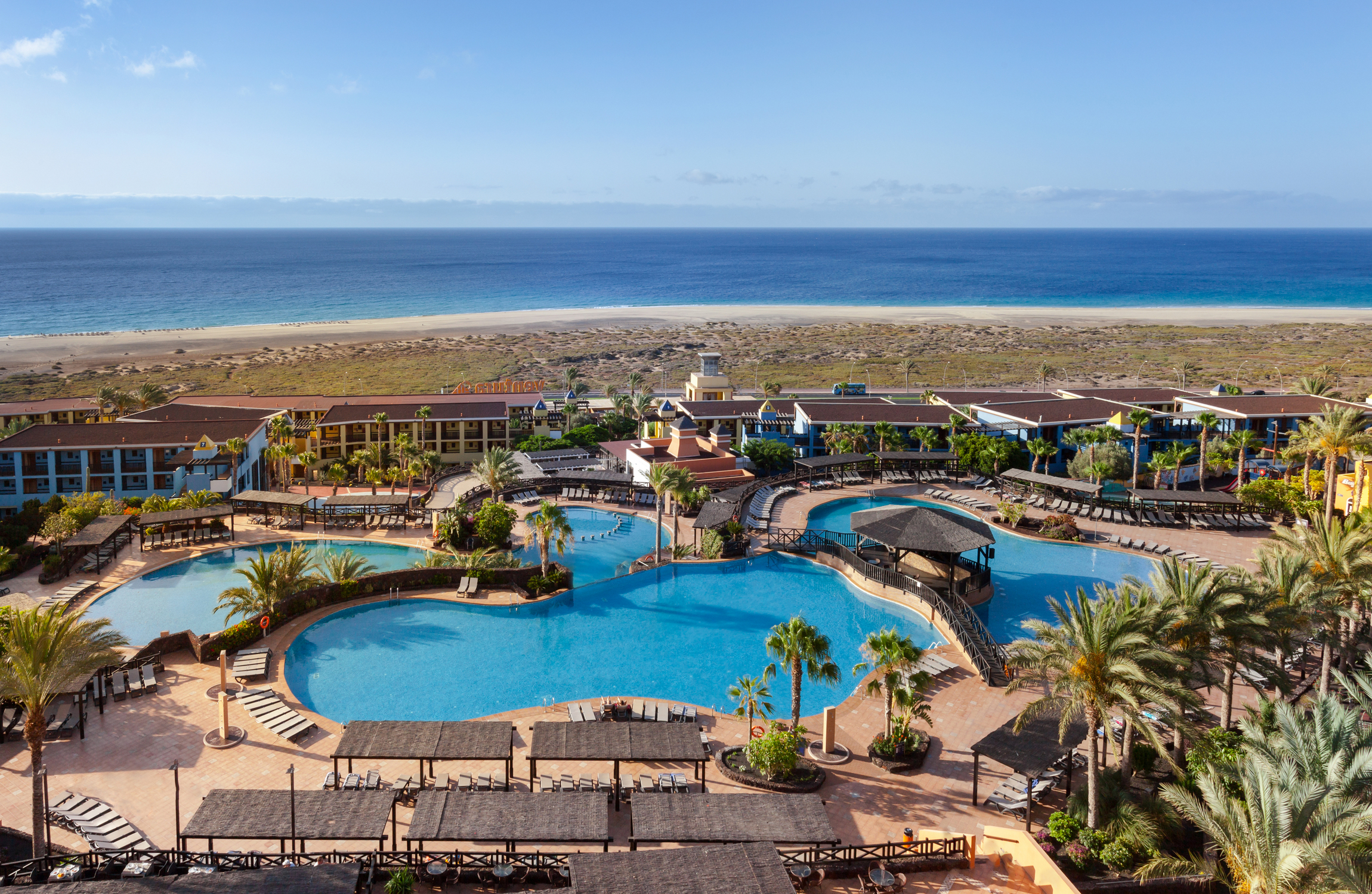The Canary Islands are the perfect destination for lovers of scuba diving. As these are volcanic islands, the topography of the Canaries consists largely of caves, caverns, reefs, canyons, drops of up to 1,000 metres and sunken ships that are waiting to be discovered. With an average annual temperature of 20 °C, the waters of the Canary Islands are warm. This, in turn, facilitates the existence of a wide variety of marine species. Doesn’t diving in Fuerteventura seem like the perfect plan with your friends?
Diving in Fuerteventura: get ready to have fun
Fuerteventura has many dive sites and diving centres, which are spread across the whole island. While it is renowned for being the Canary Island with the most spectacular beaches (with it being the closest to Africa, the sand comes directly from the Sahara Desert), its western coast is also worthy of highlighting: a paradise of cliffs and small coves, with wonderful rock formations.
Fuerteventura’s seabed is a mixture of tropical, Mediterranean and Atlantic habitats, home to over 390 marine species: groupers, parrotfishes, white seabreams, tunas, barracudas, barred hogfishes, red porgies, moray eels, manta rays, angelsharks and even the odd whale shark. Its rich fauna and, above all else, its crystal-clear waters—offering visibility of over 30 metres—make Fuerteventura a perfect diving destination.
Diving on the Island of Lobos
Whether you’re just starting out or you’re already an expert, the diversity and wealth of this island’s dive sites allow you to explore the incredible underwater alcoves without any problems whatsoever. Due to the marine currents, some dive sites can only be accessed by experienced scuba divers. Don’t worry, however, as there are many different sites to choose from.
The Island of Lobos is a small island spanning 5 km2 that lies between Fuerteventura and Lanzarote. Its name comes from the monk seals, or ‘sea wolves’—as lobos means ‘wolves’ in Spanish—which previously inhabited the island. The Island of Lobos is a nature reserve with various converging currents, leading to huge diversity and optimum conditions for many different shoals of fish. The water is no deeper than 30 metres at any single point, with an average visibility of 20 metres. This area is famous amongst divers, owing to its volcanic overhangs and mushroom-shaped rocks, home to a vast range of different species. With over 20 dive sites, the Island of Lobos is one of the most spectacular and diverse areas in the Canary Islands. Some must-see sites include:
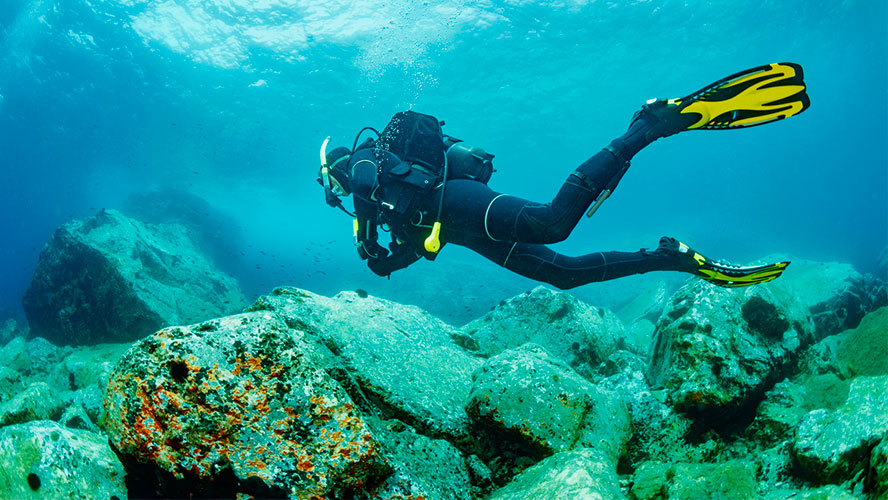
- Cala Mareo: Stretching from Corralejo to the Island of Lobos. This is a 20-metre-deep vertical wall with a series of caves, caverns and passages. It’s not the deepest dive, making it suitable for divers of all abilities.
- Lobos lighthouse: This 32-metre-deep reef, located opposite the lighthouse on the Island of Lobos, is home to large dusky groupers and various shoals of island groupers. As this dive site is deeper and exposed to strong currents, divers must hold the Advanced Open Water Diver licence.
- La Lagunita: Just a 20-minute boat trip away, this 25-metre-deep dive site is brimming with different types of fish. It is home to gigantic dusky groupers and wahoo fish measuring up to two metres long, which can be found going in and out of the caves.
- Bajón del Río: Located in the strait between Corralejo and the Island of Lobos, this reef has three rock formations rising out from the sandy seabed. This is one of the island’s most famous dive sites, with a depth of 18 metres. Dives are sometimes called off when there are strong currents. The flashes of lights between the rocks are truly stunning.
- Marrajo: Located very close to the Island of Lobos, this is the perfect dive site for beginners as it is protected from wind and only measures 9 metres in depth. This reef is frequented by multiple shoals of fish, while offering perfect lighting conditions for lovers of underwater photography.
Other places to dive in Fuerteventura
Southern Fuerteventura boasts a perfect dive site for divers of all abilities: the Veril Grande, opposite the Jandía lighthouse. At 20 metres deep, you will start to see a vertical wall that drops to 40 metres below sea level. This is home to all kinds of species, such as garden eels, white seabreams, moray eels, stingrays and angelsharks. Sometimes, if you’re in luck, you may catch sight of whale sharks or devil rays.
The area of Las Salinas, close to the Playa del Castillo on the east coast of Fuerteventura, has a 25-metre-deep vertical wall with canyons, bridges and caves that reach as deep as 40 metres below sea level. Barracudas and amberjacks hunt in these waters, which is fantastic to watch.
El Jablito, located in northeast Fuerteventura, is no more than 15-metres-deep, making it the perfect site for novice divers. This area is home to a great number of fish, and can be accessed from the beach of the small fishing village. This peaceful location is the perfect spot for relaxing and enjoying yourself.
Diving centres: Corralejo, Caleta de Fuste and Jandía
The Corralejo area and the eastern coastline of Fuerteventura is where you’ll find most of the island’s diving centres. Each centre offers different diving activities, based on the ability and experience of the diver in question. These can range from free dives to Open Water, Advanced Open Water and Dive Master courses. Below is a list of some of the diving centres where you can start your adventure:
- Abyss: Located in Corralejo. This centre offers safe dives in small groups, for which a medical certificate is required.
- Punta Amanay: Located in the quay of Corralejo. This centre offers professional facilities and equipment, with a small boat that can be used for reduced groups.
- Deep Blue Diving: Located in the quay of Caleta de Fuste in eastern Fuerteventura, this centre is perfect for dives in this part of the island.
- FuerteOcean: Located in Morro Jable, offers snorkelling courses and dives for all levels.
If you’ve never dived before and fancy giving it a go, Fuerteventura is the perfect place to learn how to do it. It’s also great for experienced divers, who will be blown away by the wealth of beautiful marine creatures and fantastic rock formations of the Fuerteventura seabed.





























































